Understanding the true cost to collect requires focusing on high-level KPIs
As healthcare organizations seek to maximize their revenue cycles, many are challenged by the costs involved with recouping payments for care already provided to patients. According to the American Hospital Association, hospitals of all types are not compensated for hundreds of billions of dollars each year — a statistic that does not include underpayments by Medicare and Medicaid.[1]
These staggering numbers demonstrate the incredible cost pressures that today’s provider organizations face. Healthcare organizations must find a balance in maximizing cash collections and reducing cost to collect. While many hospitals and health systems are looking for data-driven ways to achieve this goal and support decision-making, Sondra Cari, managing director at Huron, said many organizations struggle to tie high-level key performance indicators (KPIs) to daily decisions most critical to improving collections — and, ultimately, protecting the organization’s bottom line.
“After engaging with a variety of providers to understand best practices for those reporting lower cost to collect, we discovered that you cannot look at costs in isolation,” she said. “You need to look at a balance of KPIs — trends of controllable loss, the skills and talent of your employees, strength of payer relationships, advanced technology strategies, maturity of analytics and evolving consumer expectations. And you also need to be able to understand how these variables connect to one another in order to achieve a higher-level of performance.” [2]
To better understand how different healthcare organizations are working to increase payments — and to highlight the true cost of collections – Huron hosted a Roundtable discussion at the Healthcare Financial Management Association’s 2023 Annual Conference in Nashville, Tennessee. There, Cari and other revenue cycle management leaders from around the country shared their perspectives on defining and maintaining a high-performance revenue cycle — as well as the challenges they continue to face as they work to enhance revenue cycle management.
What are the defining traits of a high-performing revenue cycle?
Sheldon Pink: We report from revenue cycle to finance, and no matter how well you think you are doing, it needs to translate to the financial statement. For me, it’s imperative to understand the various drivers of the financial statement, how your organization uses those metrics, and the actions you take on the revenue cycle and share with your stakeholders. What may be a key metric for one organization may be useless to another.
Robert Boos: We’ve certainly evolved and rely on financially driven metrics. But I find a lot of focus now goes beyond that and we are also very much in charge of the patient experience. As revenue cycle, we are with patients for months. We are their registration, we explain benefits to them, we bill the payers, manage denials, get their claims paid, get their portion to them and get them qualified for charity care. Because we are with patients the entire way, we are in a position to make the patient experience better — or make that experience a problem.
Vanessa MacKay: We definitely have to keep our employees engaged — and employee development is also important. By educating your team on different needs, you can stay ahead with the different populations we serve now. Whether you are talking about transgender patients, LGBTQ+, or others, you want to make sure your team is comfortable having discussions with those patients when they come in, so those patients feel comfortable and want to return.
If you were to prioritize metrics, which ones are the most important?
Richard Nagy: There is a lot of financial pressure to perform better as we move forward because payers are finding ways to pay us less without ever looking at a chart. They are not identifying that they’ve done this. They just send you a remit with a smaller payment and it’s up to you to find the issue, adjust for it and go after full payment. A key part of the revenue cycle now is finding those mistakes or adjustments and going after those monies.
Krista Touros: I care about my revenue yield. We are making incredible management-driven decisions that are affecting people’s lives and our facilities based on our overall financial performance. I promise you, we’re not looking at the list of KPIs from revenue cycle. What we’re looking at is our overall bottom-line performance — and we see the most deterioration in revenue yield.
Terri Meier: I’d rather have a higher insurance net collection ratio and allow my aging to go up to over 90 and put more money in the bank. It’s all about your perspective and how you are looking at your metrics and what story you are telling — or what story you are trying to tell.
Tracy B. Berry: I have a team of about 2,000 employees — and over half of them work from home. You have to think about engagement and turnover, because you won’t get to a low cost to collect or reduced avoidable write-offs or strong AR days if you don’t have an engaged staff.
Sam King: You need to have a streamlined process with data accuracy and completion. Do you have the right data? Are you feeding that data from Team A to Team B to Team C? You need to have that data in the right places so you can support a data-driven decision-making culture. If you don’t have that, then you are relying on very rudimentary processes to determine where to make improvements as well as putting out fires everywhere.
What are your top organizational challenges associated with establishing a holistic revenue cycle evaluation approach?
MacKay: My top challenge is staffing. We don’t offer a hybrid solution. We expect everyone to come into the office. That impacts recruitment. So, you end up operating with less than a full staff and 25% of your staff is somehow out on intermittent Family and Medical Leave Act (FMLA). It presents a real challenge in trying to get all the work done.
Meier: We have a lot of team members who are solely focused on transactions. They don’t understand how they contributed to the greater goals of the organization, but educating them on how what they do influences the impact [on our organizational goals] can help — because our teams won’t participate unless they understand what we’re asking, why it’s important and how they can contribute to it.
Jenn Mykland: Our largest challenge continues to be the payers and the creative ways they deny claims. This is going to continue. We need to help our teams with a focus on prevention of the re-work through overarching understanding on the concepts behind the denials. The denial battle at an account level is costly to both sides — provider and payer.
Pink: For me, it’s developing an educational plan for the organization to understand how post-pandemic behaviors affect what we considered the norm — and educating different areas of the organization about how these behaviors may affect our financial reserve model and us. It needs to be done so we, as an organization, can judge the revenue cycle appropriately.
How should healthcare organizations approach external automation solutions to ensure they are capturing the full ROI?
Mykland: There has to be a level of shared risk associated with the arrangement to ensure both parties collaborate together. This can be done by ensuring the contract reflects the outcomes discussed during the initial discussions.
Arjun Bhatia: When you are evaluating your vendor, you need to look at the people, process, and technology and understand where there will be a value add. Far too often, contracts don’t call out what we expect from a vendor in terms of SLAs (service level agreements). I’d also add that, in the field of automation, you have to know what it is that you are buying. It could just be a standard enterprise resource planning (ERP) solution that everyone thinks is built on an AI platform.
Touros: My technology vendor and I have an agreed upon shared set of measurables reflected in a dashboard and we are continually meeting [about it] and reviewing it. That way, we know what the success measures are on both sides — and we know that we’re rowing in the same direction.
Decreasing the cost to collect
Cari said the discussion further demonstrates that revenue cycle optimization continues to increase in complexity.
“There’s no magic elixir where you can do this one thing and guarantee your revenue cycle will do well,” she said. “Even to stay in a strong performance pace requires a lot of attention, investment and continued work in a variety of different areas. To address the true cost to collect, you have to manage the people side, the process side, and the data and measurement side. To improve, you must find ways to manage these different aspects of the revenue cycle and ensure they are all working together to support your revenue goals.”

Panelists
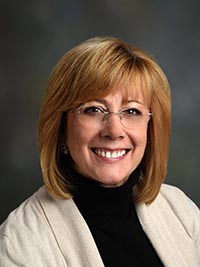
TRACY B. BERRY
Chief revenue officer at BJC HealthCare in St. Louis, Missouri
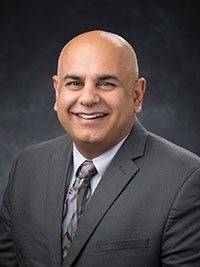
ARJUN BHATIA
Assistant vice president revenue cycle at Wellstar Health System in Marietta, Georgia
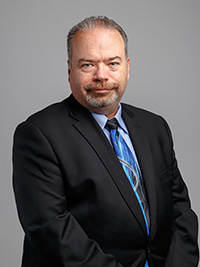
ROBERT BOOS
Vice president revenue cycle at Centra Health in Lynchburg, Virginia
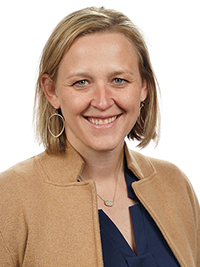
SONDRA CARI
Managing director at Huron in Hudson, Wisconsin

SAM KING
CIIO at Care to Caregiver in Los Angeles, California
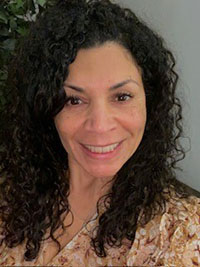
VANESSA MACKAY
Vice president revenue cycle at WMC Health in Valhalla, New York
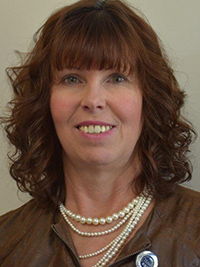
TERRI MEIER
Assistant vice chancellor revenue cycle at UAMS Hospital in Little Rock, Arkansas
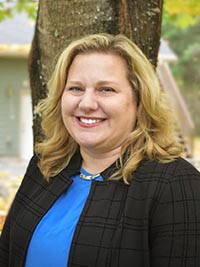
JENN MYKLAND
Vice president revenue cycle at MultiCare Health System, in Tacoma, Washington

RICHARD NAGY
Vice president of managed care at Allegheny Health in Pittsburgh, Pennsylvania
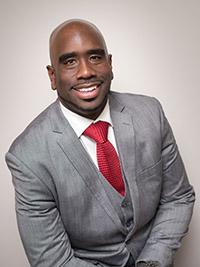
SHELDON PINK
Vice president revenue cycle at Luminis Health in Annapolis, Maryland

KRISTA TOUROS
CFO at Northwest Network Peace Health in Bellingham, Washington
About Huron
Huron is a global professional services firm that collaborates with clients to put possible into practice by creating sound strategies, optimizing operations, accelerating digital transformation, and empowering businesses and their people to own their future. By embracing diverse perspectives, encouraging new ideas, and challenging the status quo, we create sustainable results for the organizations we serve.
This published piece is provided solely for informational purposes. HFMA does not endorse the published material or warrant or guarantee its accuracy. The statements and opinions by participants are those of the participants and not those of HFMA. References to commercial manufacturers, vendors, products, or services that may appear do not constitute endorsements by HFMA.
[1]. American Hospital Association, Fact Sheet: Uncompensated Health Care Cost, February 2022.
[2] Cari, S.,“Understanding the Cost/Performance Balance,” Huron.






